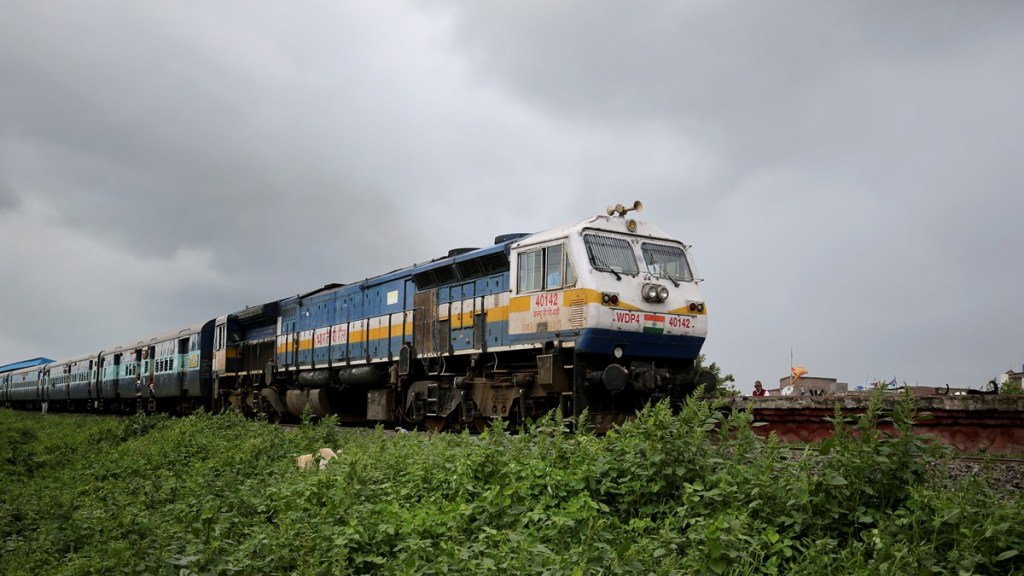The growth of railway capital expenditure has in recent years been faster, even as the Indian Railways (IR) wouldn’t generate any surplus from its core business—transportation of goods and people. The financing of capacity expansion and modernisation of the railway infrastructure has in the last decade been through higher market borrowings and a larger dependence on taxpayers.
Simultaneously, capital-intensive ventures like dedicated freight corridors, high-speed rail lines and metro networks primarily relied on multilateral agencies, and the less-than-optimal resort to public-private-partnerships. This strategy has been inevitable and cannot be taken exception to. Since private-sector models in railway infrastructure haven’t been a roaring success even in the developed world, it would be unreasonable to expect a different result in India. The last decade saw private rail ventures floundering in Europe, and a 50% cost escalation for passengers in the UK.
But the worrying fact is that even the “external financing” strategy seems to have come unstuck for India. The interim Budget envisages railway capex to grow just 2% annually to Rs 2.62 trillion in FY25. Budgetary support is pegged to grow just 5% in FY25 against 51% in FY24. While borrowings had peaked at Rs 1.21 trillion in FY21, it has since been scaled down as the debt burden threatened to exacerbate (just Rs 10,000 crore in FY25). The idea behind accelerated capex via external means was to pitchfork the national transporter over the years into running its operations with certain degree of self-reliance. Investments in new assets were expected to generate a tidy sum as surplus.
However, the capex pace had to be slowed before achieving that goal, due to fiscal strains. Worse, there has hardly been any improvement in the railways’ operational parameters over the last decade. The only glimmer of hope is that with the eastern and western freight corridors set to go on stream, the railways may regain a part of the market share ceded to road transport over the next few years. IR’s operating ratio has been close to 100% over the last decade.
That threshold for losses would have crossed in all these years, had it not starved key funds like the one for replacing over-aged assets, the value of which is seen at over Rs 1 trillion now. The IR still spends more than Rs 2 to earn Rs 1 from passengers, and currently incurs a loss of Rs 75,000 crore annually in this segment. Of course, earnings per passenger nearly doubled from Rs 55 in FY15 to Rs 107 in FY24 (RE), thanks to “dynamic pricing” and premium fares of semi-high speed Vande Bharat trains, but this was offset by a decline in passenger volumes.
At 6.5 billion, the number of passengers in FY24 (RE) was still below the pre-Covid level of 8.4 billion (FY19), and a far cry from 12 billion targetted for 2031. The situation isn’t any better in the freight segment that bears the cross-subsidy burden, with revenue to grow at 4.2% in FY24, less than half the pace of the nominal GDP.
The salvaging strategy for IR ought to be multi-pronged. The capex support must continue for core capacity creation, even while private sector is roped in for areas where they find lucrative returns. The plans to build new rail corridors must be expanded, and put on the fast-track by tying up patient capital. Passenger revenues could creep up, with the launch of more high-end trains.

